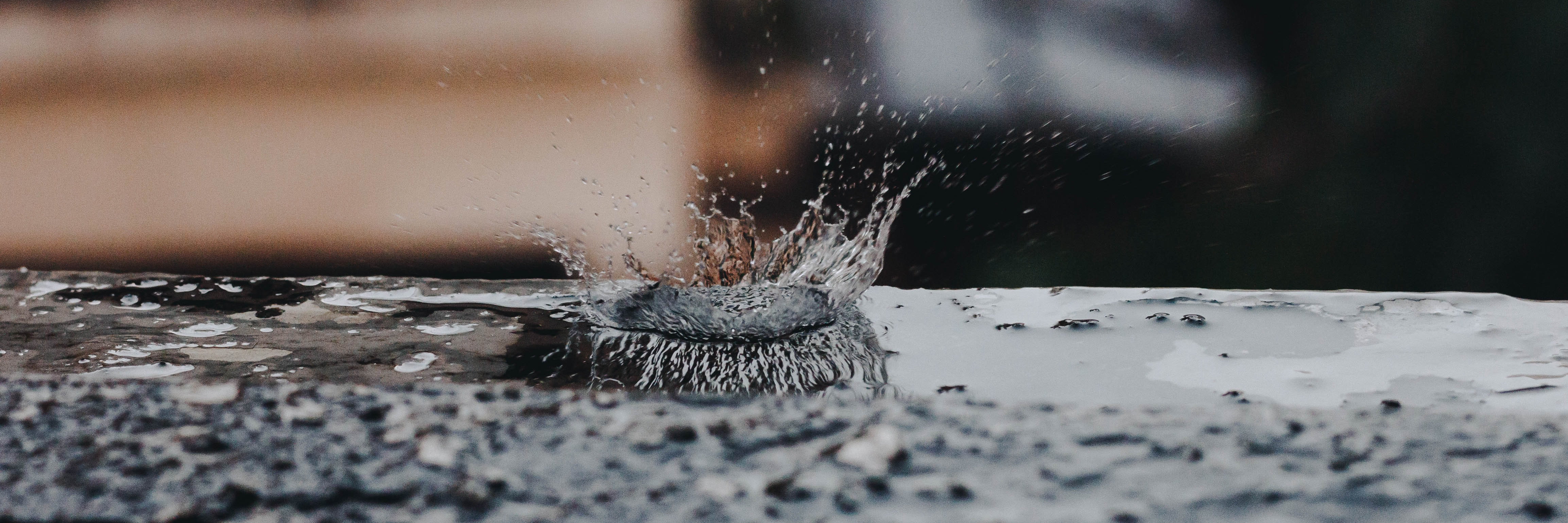In order to supply water to its citizens, each operator has to manage a large number of catchments and springs in different environments. In order to operate these different catchments, it is necessary to ensure the good quality of the water that comes out of them. In other words, it is necessary to anticipate and limit or even eliminate the risks in the surroundings. And if this is not possible, it should at least be possible to detect possible problems and pollution as soon as possible to minimize their consequences.

#7 SAVE OUR WATER CATCHMENTS!
ISSUE
Increased human activity, whether for residential, commercial, recreational or agricultural purposes, poses an increased risk and potential problem of water pollution from springs and other catchments. Until now, if a spring was too risky, it was often simply not used. Now, with water resources becoming scarcer and not evenly distributed throughout the year, we can no longer afford to do without catchment areas.
Thus, in order to guarantee water quality and limit the risks and consequences of possible pollution, monitoring and measurements, if possible in real time or at least with the shortest possible delay, must be implemented in the springs themselves but also ideally in the entire perimeter of each catchment.
Due to the numerous standards and various directives (see for example the Federal Ordinance on Groundwater Protection Areas: https://www.fedlex.admin.ch/eli/cc/1998/2863_2863_2863/fr#annex_4/lvl_d1899e180/lvl_1/lvl_12 ) that have to be applied, it often becomes difficult to continue the operation of certain catchments. In order to apply these standards, which imply limiting the risks as much as possible, operators may even be forced to take the decision to close down, temporarily or permanently, some of these supplies. These decisions could probably be avoided if information from the catchments and their environment could be used to react more quickly or to anticipate possible pollution.
It is now clear that catchment areas need to be optimized, secured and monitored so that they are not abandoned and can meet future needs during periods of water stress.
In order to face these future challenges, it is necessary to set up an integrated management of drinking water resources according to the different protection zones defined (see attached document, summary table of protection zones).
How can risks be limited or potential incidents detected before it is too late and a resource is interrupted? How can current catchment areas be monitored and protected?
The solutions proposed may be specific to the type of catchment: a spring catchment in the mountains does not present the same challenges as a groundwater catchment on the plain. However, if generic solutions exist, they are obviously welcome!
DESIRED AREAS OF INNOVATION
- Monitoring of the entire perimeter of the catchment areas
- Incident alerts before the source itself is polluted
- Post-incident management to minimize their consequences
DATA AVAILABLE
- Summary table of protection zones
- Schematic example of a lowland environment
- Explanatory note on the protection of underground areas
- Definitions relating to groundwater protection
Franck Renzacci
Operations and Project Manager
+41 27 617 35 34
+41 79 226 70 79
Rue de l’Industrie 43
1951 Sion
You have an idea, a solution or a technology to solve this challenge?
Fill in the application form!
THE CHALLENGE LEADER
Oiken was created by the merger of Energie de Sion-Région SA (esr) and Sierre Energie SA (Siesa) at the end of 2019. As a distributor of energy and water, but also of multimedia, heat and gas, Oiken supplies the 26 communes of the Sierre and Sion regions.
